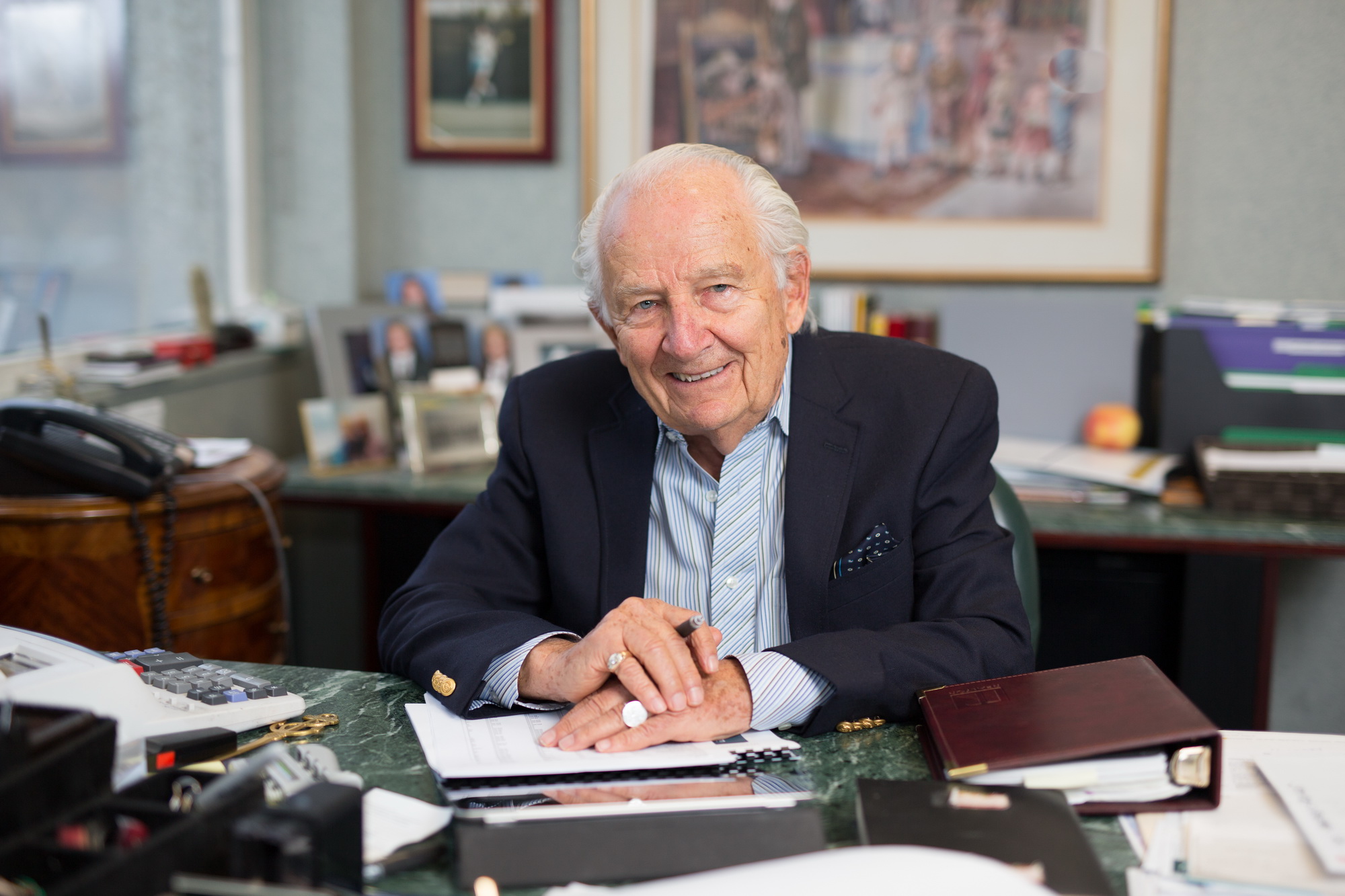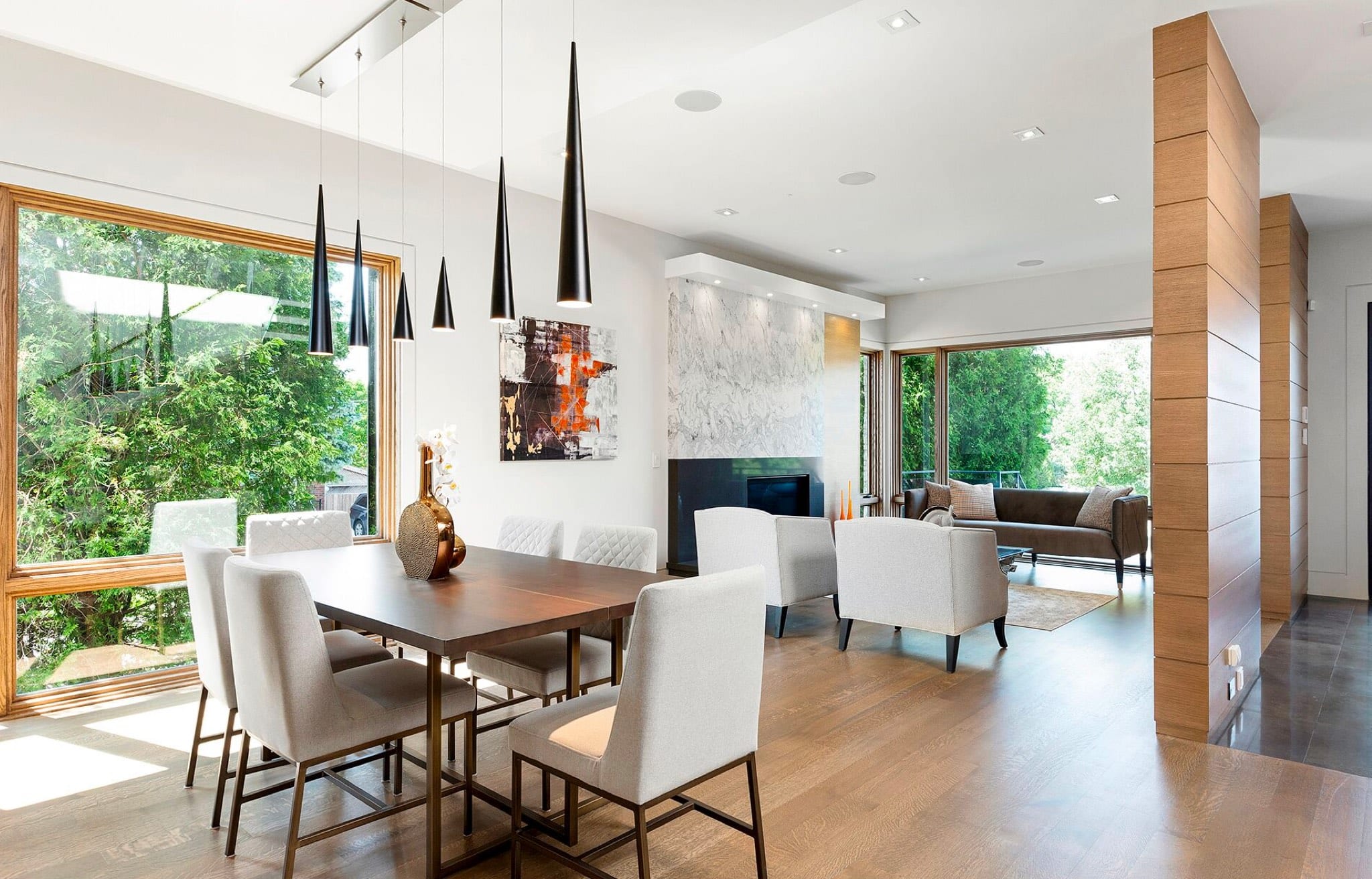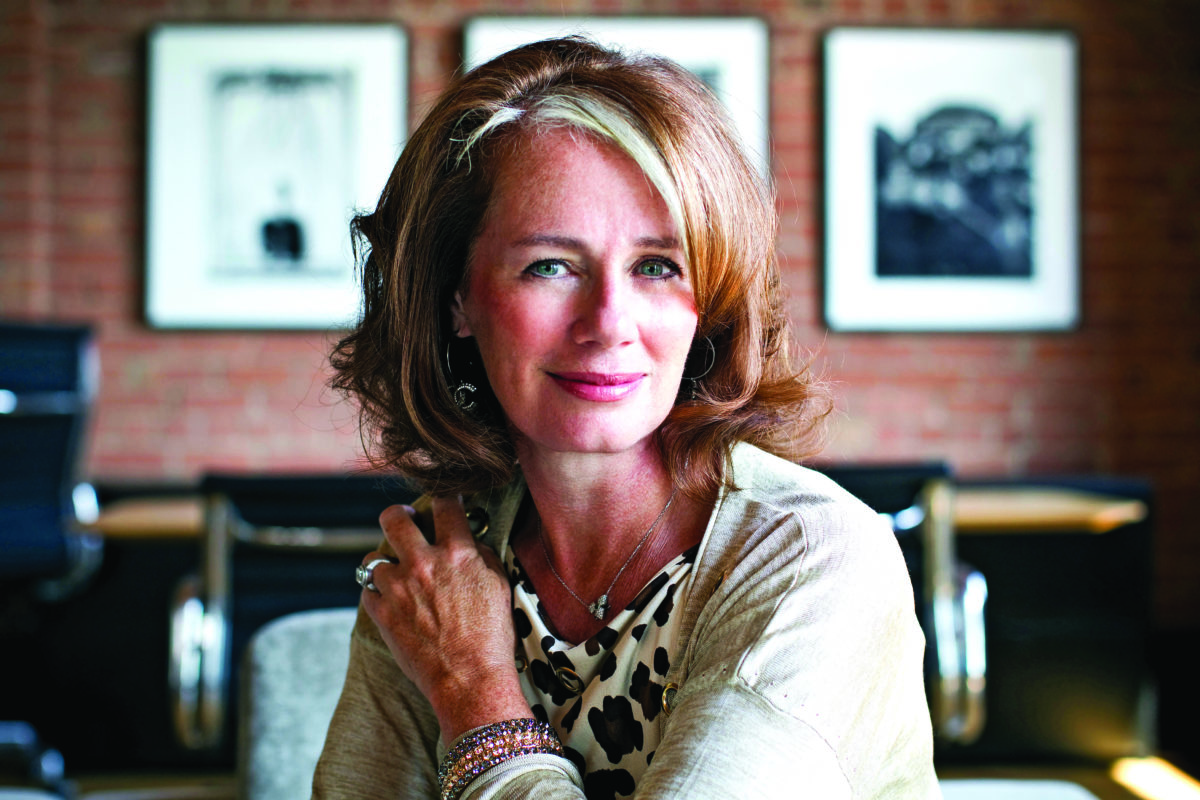
In 1957, a local entrepreneur entered the real estate business. Sixty years later, the name Harvey Kalles is synonymous with luxury property across the GTA. In the face of larger franchises dotting the Canadian landscape, this independent brokerage has thrived, boasting 300 real estate agents and representing nearly $2.8 billion in sales last year alone. With 2017 marking the 60th anniversary of the brokerage, we thought it was a good time to put its founder in the spotlight and properly introduce our readers to the man behind the brand. Jeremy Finkelstein sat down with the face of the firm for a candid conversation on the market’s evolution, government intervention, and just what it takes to sell real estate in the GTA.
COLLECTIONS: How did you first get interested in real estate?
Harvey Kalles: My father was interested in looking at houses back in the early ‘30s, and 90 percent of the time he’d take me with him for the drive. There was always talk about changing homes and his interest rubbed off on me. He was in the food business… wholesale importing of produce at the Toronto terminal.
C: Did he buy and sell property on the side?
HK: He bought two four-plexes in 1939. Right after he bought them, war was declared and things became a little scary. He bought those for around $15,000 each — one on Roslin Avenue, the other was on Berwick — one was sold for around $50,000 and the other for $300,000. Today, they’d be worth a minimum of $2 million each, but it’s interesting to note that when they were bought at $15,000, the income was a gross multiplier of seven times. So at that time, rents were around $25 or $30 a month. Today the rents are probably minimum $3,000 a unit. If you analyze it, it’s the same multiple. The building hasn’t improved, it’s just that the rent machine has created more money, and that’s where the values come from.
C: Do you remember your first sale?
HK: It was a food market at the corner of Bernard and Avenue Road. It contained a Dominion store and three apartments. The apartments wouldn’t allow us access, and the only thing we could see was the food market. I sold that property with the apartments sight unseen for $42,000, which was a large amount at that time.
After that, I was selling single family homes. You could buy a fabulous home in the 1960s for $15,000 or $16,000 in North York, which is where most of the new houses were being built.
C: When did Elise come onboard?
HK: Probably 1980. Earlier, I took her down to the licensing department and she walked in the front door and stopped in her tracks. She didn’t want to take the elevator up to the office of the registrar and just said “I’m not doing this.” So we left… it was a couple more years before she had a desire to go for it again. Before real estate, she had designed high-end clothing, so design and luxury items have always been her forte.
C: How has the market evolved over your 60 years?
HK: In 1957, I had a listing at the corner of Bay and Bloor. An office building with maybe eight commercial stores. The seller was asking $1.2 million for the whole corner with $200,000 down in cash and a $1,000,000 take-back mortgage. We turned the city upside down and couldn’t find anyone with $200,000 to put down. It was like finding $200 million today. Finally the building was sold to a European doctor. It was torn down years later, and now it’s the site of the Manulife Centre. Today, people are throwing down $600,000 just as a deposit on a house, and we couldn’t find anyone with that kind of money.
The same thing took place at Yonge and Steeles. A gentleman owned a farm at the south west corner, going all the way along Steeles to Bathurst. He was asking $1.5 million cash for what was 200 acres. It had to be cash, and there was no one in the city who could handle that. Joe Tanenbaum later sold his steel business and had the money from the sale to purchase the property. Today, there’s a shopping centre, high rise apartments… it could be worth billions. The city has grown.
C: Is there a greater interest in real estate today?
HK: Well, people are wealthier today. They’re living different lives. When I went to school, I had one sweater with holes in the elbows. I played baseball and they provided a baseball sweater, and the teacher kept telling me “you know, we need that sweater back.” I was hesitant to return it. Today, I see my grandkids and each probably has 20 sweaters… it’s a completly different lifestyle.
C: Do you think there are too many real estate agents today?
HK: Not too many real estate agents, but too many part-time real estate agents. And I think there should be more time spent learning the practice before you can get a license.
C: Have you ever seen a market like what we’re seeing today?
HK: Never. We’ve never had such a tremendous shortage of homes to sell. The only thing that we’re fortunate for right now is the large condominium supply, and that supply keeps growing. And, thankfully, the rules around mortgages have changed a little. Even though rates are between two percent and three percent, you still have to qualify as if the rates were just below five percent. So that helps. The government is trying to protect the public as much as they can. They don’t want to have young, first-time buyers biting off more than they can handle.
C: You’re supportive of government intervention in the market, but what about the Greenbelt?
HK: Well, they’ve taken away so much development land that they’ve gone way further than they should. They’ve taken 30,000 acres of land in the east end of Scarborough and in Markham. That was probably 15 years ago and they haven’t planted a flower. The land is just sitting dormant, not being used for anything. The only park that’s being properly utilized is High Park. Drive around the city and in 90 percent of the other parks, you won’t see a living soul, just empty benches. Now they’re talking about building parks over the Gardiner and the railway tracks, spending billions of dollars. And all the land they’ve taken in the Niagara area… the Greenbelt has just pushed prices out of site because of the shortage of developable land.
C: Did you agree with BC’s implementation of a foreign buyer’s tax?
HK: No. I think it’s segregating one particular type of buyer. It really isn’t a fair thing to say a nationality is causing the market to run away with itself. Many years ago, they were talking about taxing foreign buyers on their world-wide incomes and they were targeting the Chinese in particular. And so the Chinese left for many years. They felt that they were being made an example of or they felt that the government and the Canadian people weren’t appreciative of them coming into the country.
C: 2016 saw 20 percent inflation in the condo market. Are you concerned that condos are becoming unaffordable?
HK: Not really. Condos are the only game in town that first- time buyers can really tackle. There are still $500 to $600 a square foot moderately priced condos. And because people are switching to 400 or 500 square foot condos, even at $700 a foot, it’s $350,000. So it’s definitely digestible.
C: Are we in a housing bubble?
HK: We’re not in a bubble but we’re in a shaky position. Prices have skyrocketed beyond what anyone ever thought. But the market is still healthy; there are still multiple offers for every other property that comes up for sale. We had a $10,000,000 house that came on the market a couple weeks ago, and there were two offers on it in three days… and they were local buyers.
C: What advice do you have for anyone thinking of making a career in real estate sales?
HK: Well, people getting into it have to have at least six months financing behind them so that they’re not going to become desperate. It could take six months before they have money coming in. It’s a very difficult business. It’s the only business where you have to make two sales in order to create one. First, you have to find a buyer, show him houses, and find one that he likes. Then you’ve got to get an offer from him, and sell the owner. So there are two people you have to work on. It’s not easy. You have to give everything you have, work seven days a week and have a lot of contacts. It’s not for everyone.
2 Comments
Comments are closed.





Are you the Harvey Kales who was once an actor?
No. Must be someone else. Thanks for reaching out.